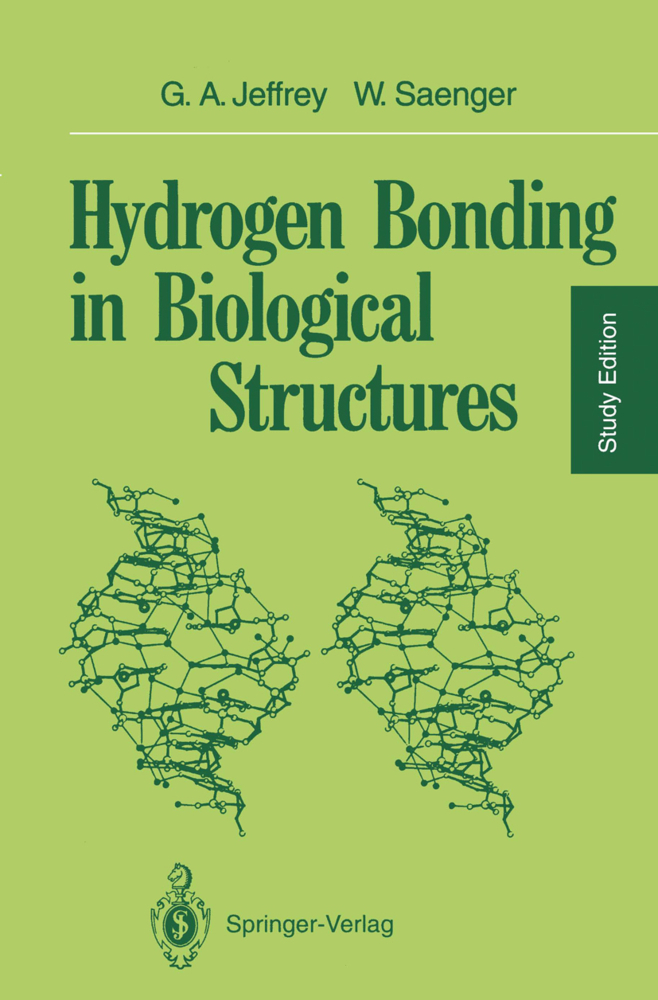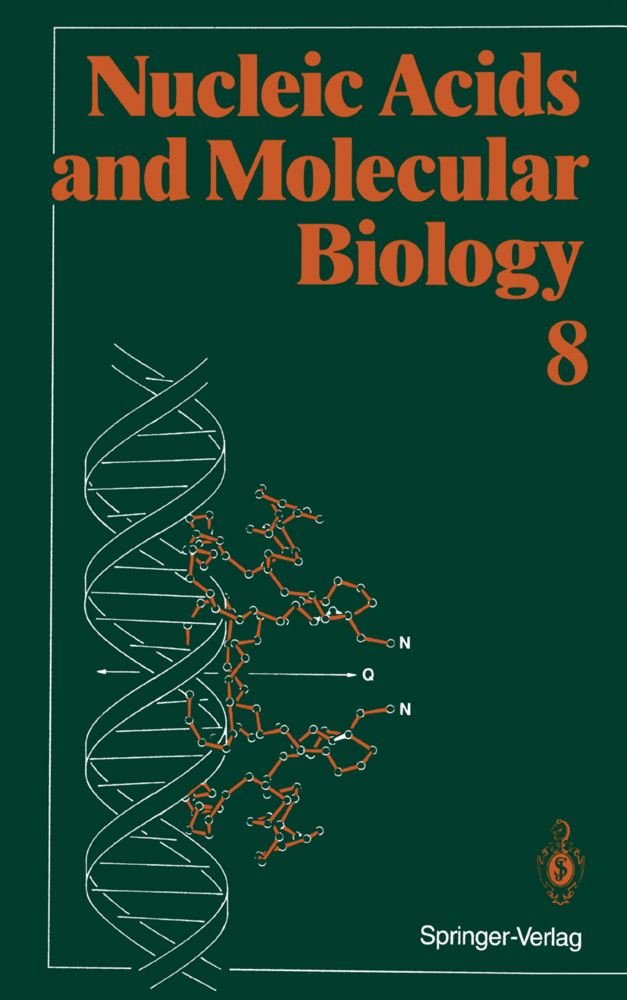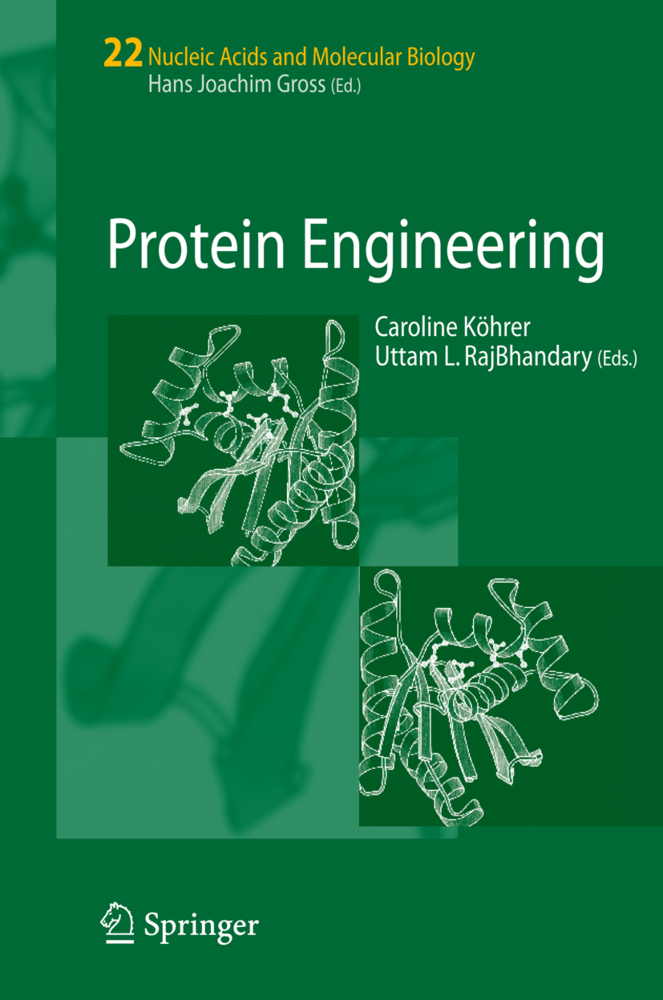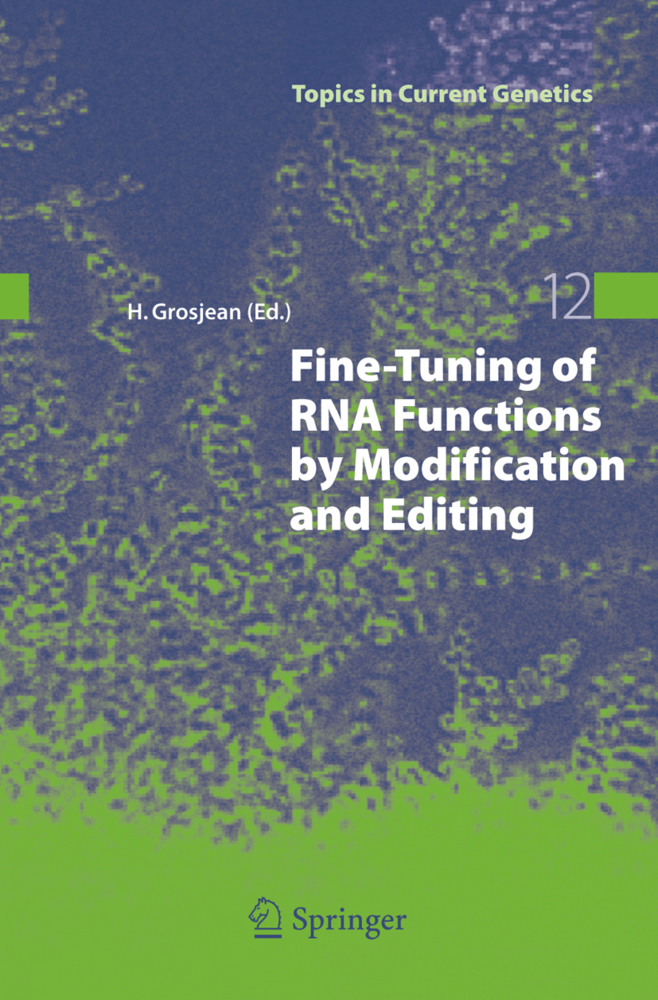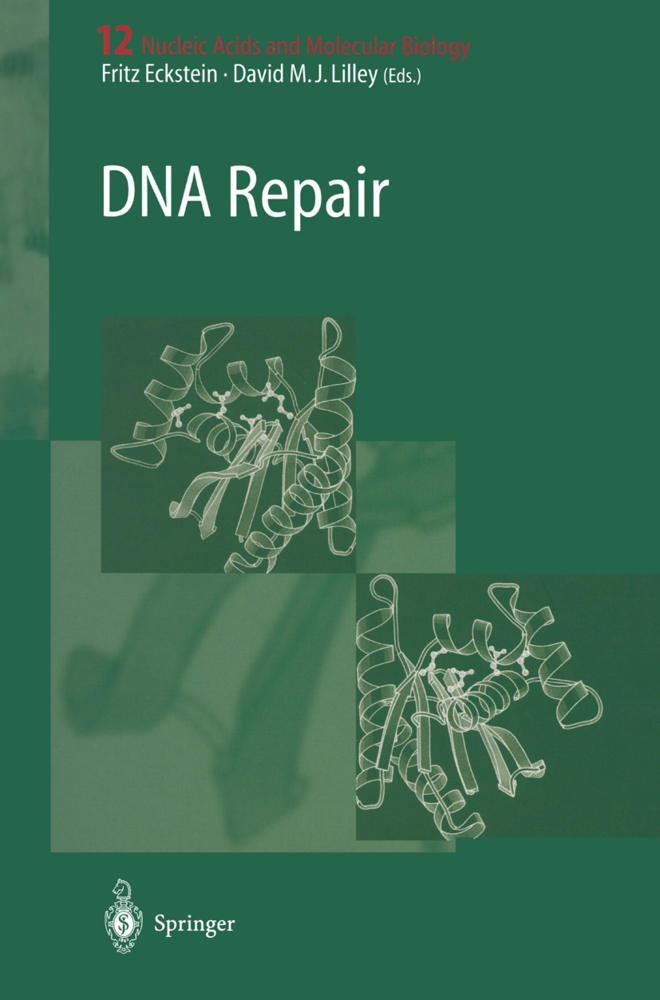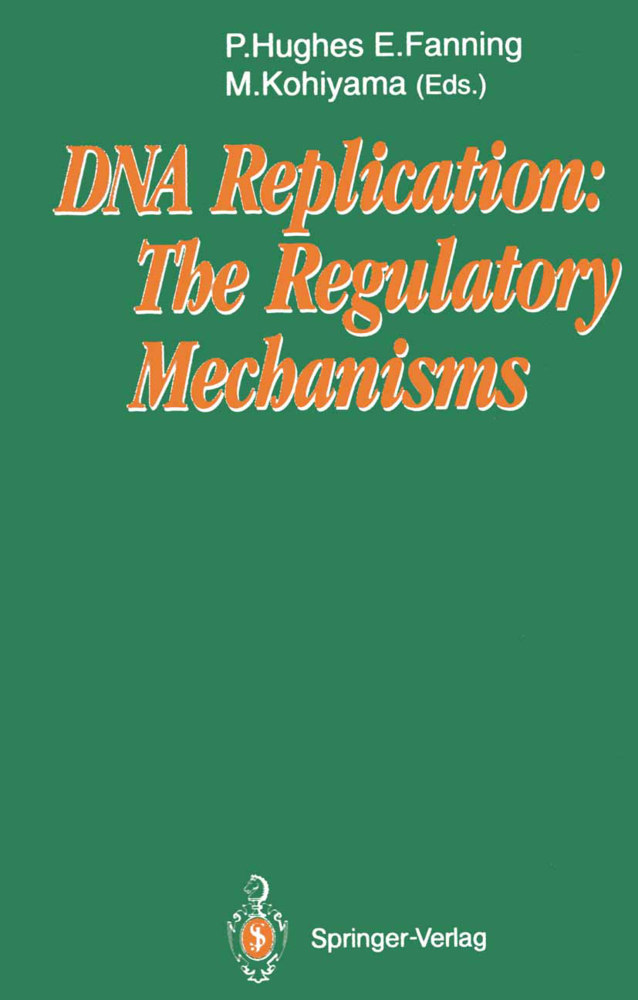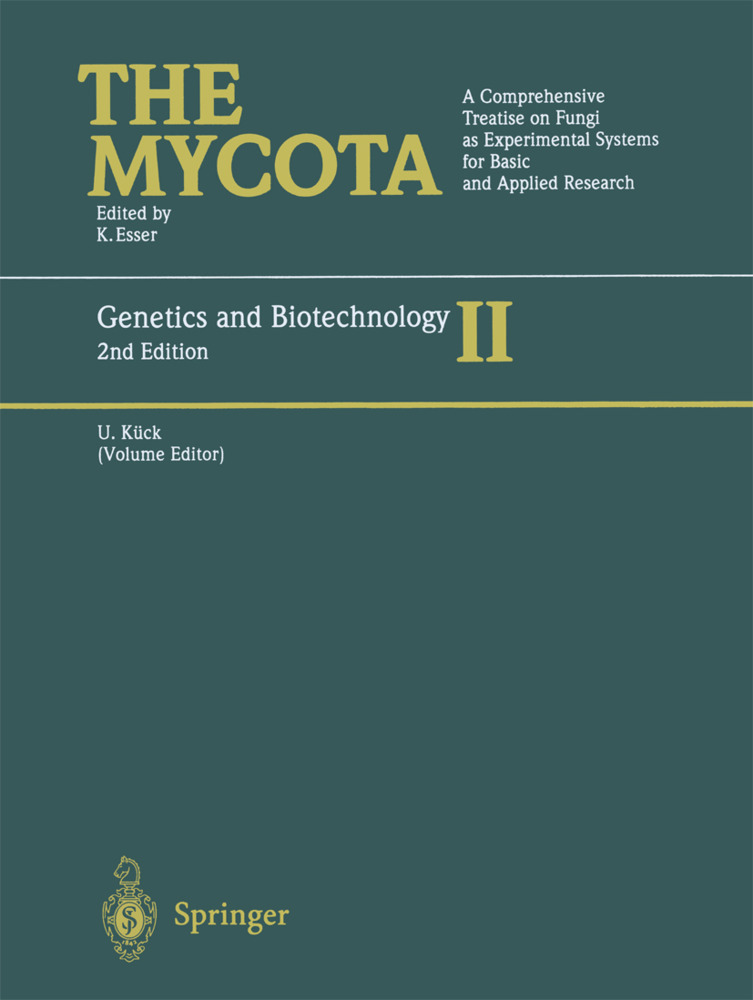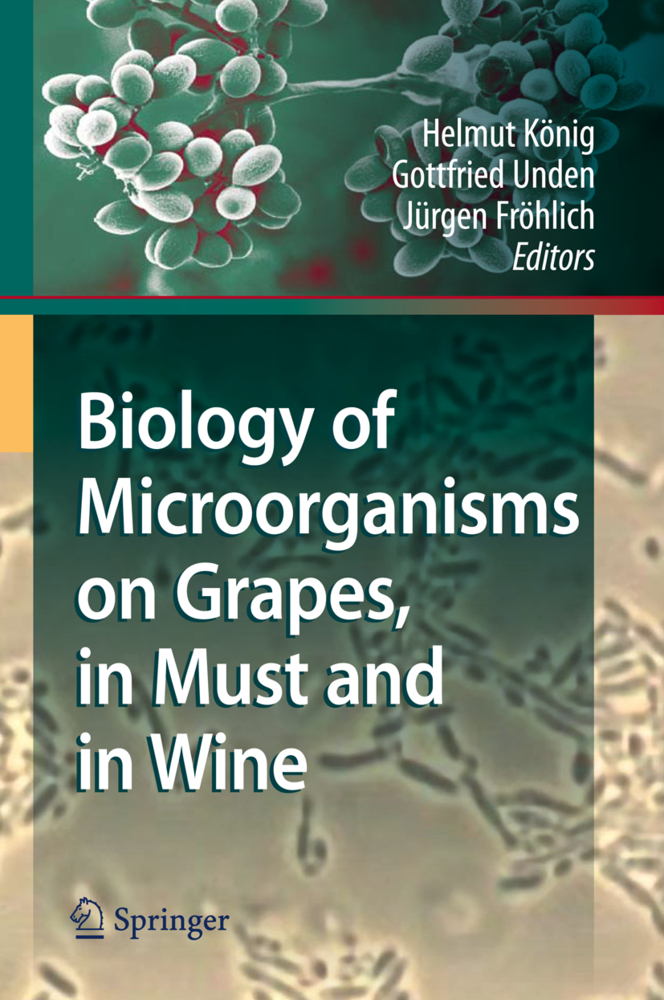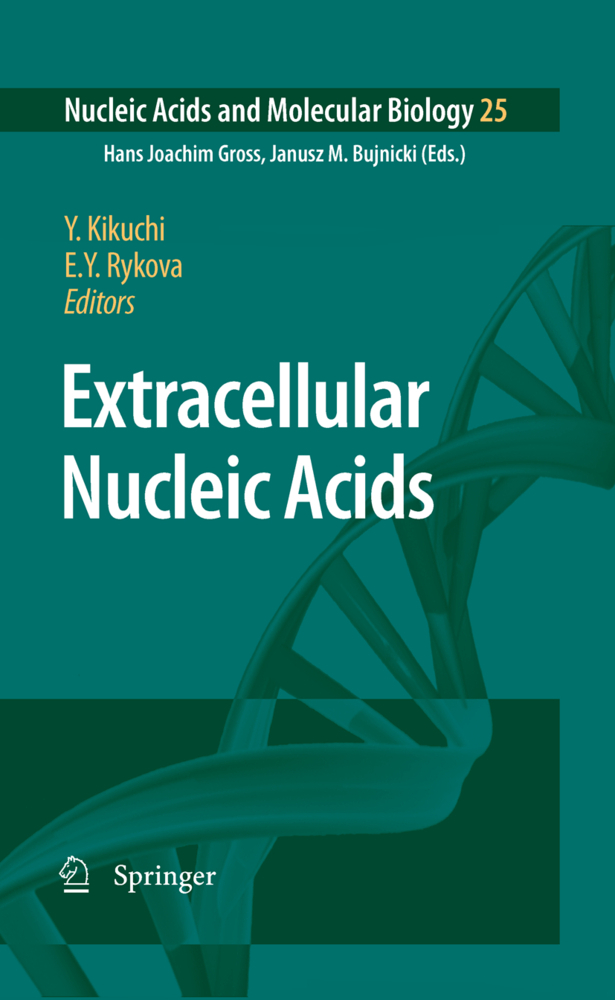Hydrogen Bonding in Biological Structures
Hydrogen Bonding in Biological Structures
Hydrogen bonds are weak attractions, with a binding strength less than one-tenth that of a normal covalent bond. However, hydrogen bonds are of extraordinary importance; without them all wooden structures would collapse, cement would crumble, oceans would vaporize, and all living things would disintegrate into random dispersions of inert matter.
Hydrogen Bonding in Biological Structures is informative and eminently usable. It is, in a sense, a Rosetta stone that unlocks a wealth of information from the language of crystallography and makes it accessible to all scientists. (From a book review of Kenneth M. Harmon, Science 1992)
2 Definitions and Concepts
3 Experimental Studies of Hydrogen Bonding
4 Theoretical Calculations of Hydrogen-Bond Geometries
5 Effect of Hydrogen Bonding on Molecular Structure
IB Hydrogen-Bond Geometry
6 The Importance of Small Molecule Structural Studies
7 Metrical Aspects of Two-Center Hydrogen Bonds
8 Metrical Aspects of Three- and Four-Center Hydrogen Bonds
9 Intramolecular Hydrogen Bonds
10 Weak Hydrogen-Bonding Interactions Formed by C-H Groups as Donors and Aromatic Rings as Acceptors
11 Halides and Halogen Atoms as Hydrogen-Bond Acceptors
12 Hydrogen-Bond Acceptor Geometries
II Hydrogen Bonding in Small Biological Molecules
13 Hydrogen Bonding in Carbohydrates
14 Hydrogen Bonding in Amino Acids and Peptides: Predominance of Zwitterions
15 Purines and Pyrimidines
16 Base Pairing in the Purine and Pyrimidine Crystal Structures
17 Hydrogen Bonding in the Crystal Structures of the Nucleosides and Nucleotides
III Hydrogen Bonding in Biological Macromolecules
18 O-H ··· O Hydrogen Bonding in Crystal Structures of Cyclic and Linear Oligoamyloses: Cyclodextrins, Maltotriose, and Maltohexaose
19 Hydrogen Bonding in Proteins
20 The Role of Hydrogen Bonding in the Structure and Function of the Nucleic Acids
IV Hydrogen Bonding by the Water Molecule
21 Hydrogen-Bonding Patterns in Water, Ices, the Hydrate Inclusion Compounds, and the Hydrate Layer Structures
22 Hydrates of Small Biological Molecules: Carbohydrates, Amino Acids, Peptides, Purines, Pyrimidines, Nucleosides and Nucleotides
23 Hydration of Proteins
24 Hydration of Nucleic Acids
25 The Role of Three-Center Hydrogen Bonds in the Dynamics of Hydration and of Structure Transition
References.-Refcodes.
Hydrogen Bonding in Biological Structures is informative and eminently usable. It is, in a sense, a Rosetta stone that unlocks a wealth of information from the language of crystallography and makes it accessible to all scientists. (From a book review of Kenneth M. Harmon, Science 1992)
IA Basic Concepts
1 The Importance of Hydrogen Bonds2 Definitions and Concepts
3 Experimental Studies of Hydrogen Bonding
4 Theoretical Calculations of Hydrogen-Bond Geometries
5 Effect of Hydrogen Bonding on Molecular Structure
IB Hydrogen-Bond Geometry
6 The Importance of Small Molecule Structural Studies
7 Metrical Aspects of Two-Center Hydrogen Bonds
8 Metrical Aspects of Three- and Four-Center Hydrogen Bonds
9 Intramolecular Hydrogen Bonds
10 Weak Hydrogen-Bonding Interactions Formed by C-H Groups as Donors and Aromatic Rings as Acceptors
11 Halides and Halogen Atoms as Hydrogen-Bond Acceptors
12 Hydrogen-Bond Acceptor Geometries
II Hydrogen Bonding in Small Biological Molecules
13 Hydrogen Bonding in Carbohydrates
14 Hydrogen Bonding in Amino Acids and Peptides: Predominance of Zwitterions
15 Purines and Pyrimidines
16 Base Pairing in the Purine and Pyrimidine Crystal Structures
17 Hydrogen Bonding in the Crystal Structures of the Nucleosides and Nucleotides
III Hydrogen Bonding in Biological Macromolecules
18 O-H ··· O Hydrogen Bonding in Crystal Structures of Cyclic and Linear Oligoamyloses: Cyclodextrins, Maltotriose, and Maltohexaose
19 Hydrogen Bonding in Proteins
20 The Role of Hydrogen Bonding in the Structure and Function of the Nucleic Acids
IV Hydrogen Bonding by the Water Molecule
21 Hydrogen-Bonding Patterns in Water, Ices, the Hydrate Inclusion Compounds, and the Hydrate Layer Structures
22 Hydrates of Small Biological Molecules: Carbohydrates, Amino Acids, Peptides, Purines, Pyrimidines, Nucleosides and Nucleotides
23 Hydration of Proteins
24 Hydration of Nucleic Acids
25 The Role of Three-Center Hydrogen Bonds in the Dynamics of Hydration and of Structure Transition
References.-Refcodes.
Jeffrey, George A.
Saenger, Wolfram
| ISBN | 978-3-540-57903-8 |
|---|---|
| Artikelnummer | 9783540579038 |
| Medientyp | Buch |
| Auflage | 2nd ed. Study ed. |
| Copyrightjahr | 1994 |
| Verlag | Springer, Berlin |
| Umfang | XIV, 569 Seiten |
| Abbildungen | XIV, 569 p. 23 illus. |
| Sprache | Englisch |

